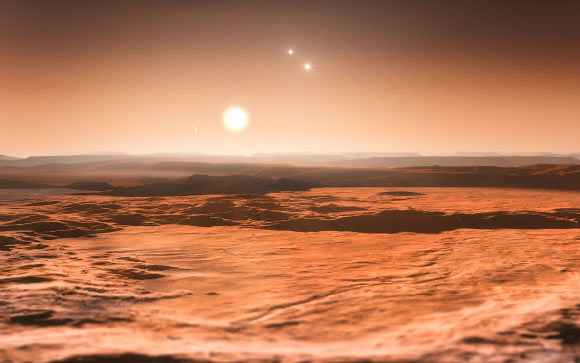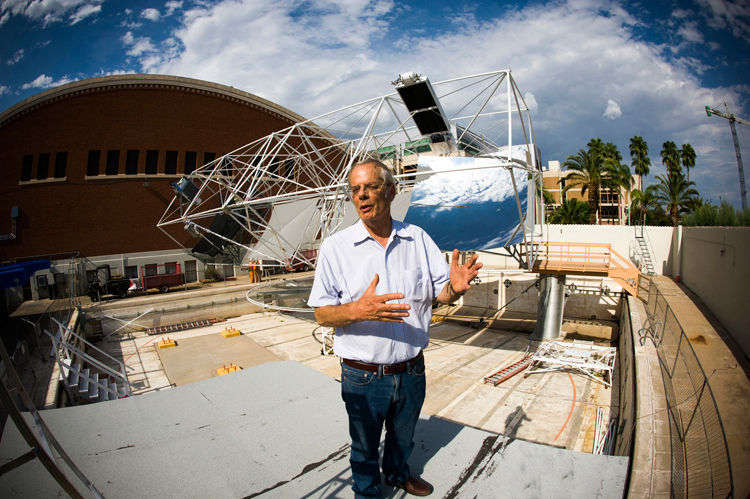My problem with the late Polish author Stanislaw Lem stems from his disdain for Franz Kafka, an early influence whom he ultimately deemed “repugnant“–and he meant it in a negative way!
Lem, of course, was brilliant, a Hoover of knowledge with a jet pack inside his head, his attentions rapidly moving far and wide. His 1964 nonfiction work, Summa Technologiae, which wasn’t wholly translated into English until 2013, serves as the foundation for Lee Billings’ latest wonderful essay, the Nautilus piece “The Book No One Read.” (I’ll acknowledge I’m one of those impoverished souls.) Billings argues that Lem is something of a Digital Age Cassandra, warning us that past a point we’ll no longer be able to manage our technological progress if we don’t engineer what might be termed a posthuman superintelligence. In a sense, we will be the end of us, and that’s the most hopeful outcome. As Billings states, Lem was asking a very fundamental question: “Does technology control humanity, or does humanity control technology?”
An excerpt:
In its early stages, Lem writes, the development of technology is a self-reinforcing process that promotes homeostasis, the ability to maintain stability in the face of continual change and increasing disorder. That is, incremental advances in technology tend to progressively increase a society’s resilience against disruptive environmental forces such as pandemics, famines, earthquakes, and asteroid strikes. More advances lead to more protection, which promotes more advances still.
And yet, Lem argues, that same technology-driven positive feedback loop is also an Achilles heel for planetary civilizations, at least for ours here on Earth. As advances in science and technology accrue and the pace of discovery continues its acceleration, our society will approach an “information barrier” beyond which our brains—organs blindly, stochastically shaped by evolution for vastly different purposes—can no longer efficiently interpret and act on the deluge of information.
Past this point, our civilization should reach the end of what has been a period of exponential growth in science and technology. Homeostasis will break down, and without some major intervention, we will collapse into a “developmental crisis” from which we may never fully recover. Attempts to simply muddle through, Lem writes, would only lead to a vicious circle of boom-and-bust economic bubbles as society meanders blindly down a random, path-dependent route of scientific discovery and technological development. “Victories, that is, suddenly appearing domains of some new wonderful activity,” he writes, “will engulf us in their sheer size, thus preventing us from noticing some other opportunities—which may turn out to be even more valuable in the long run.”•






